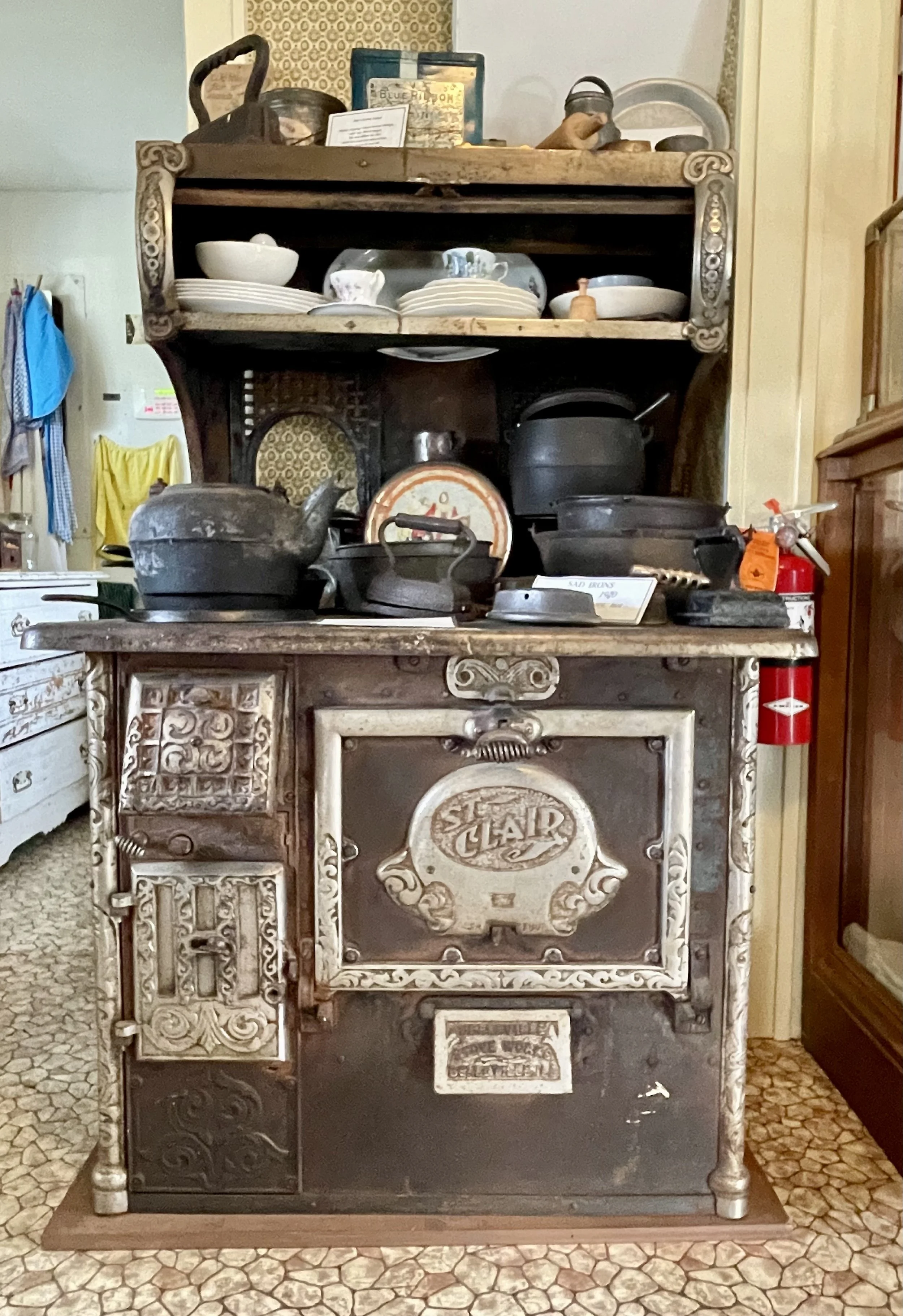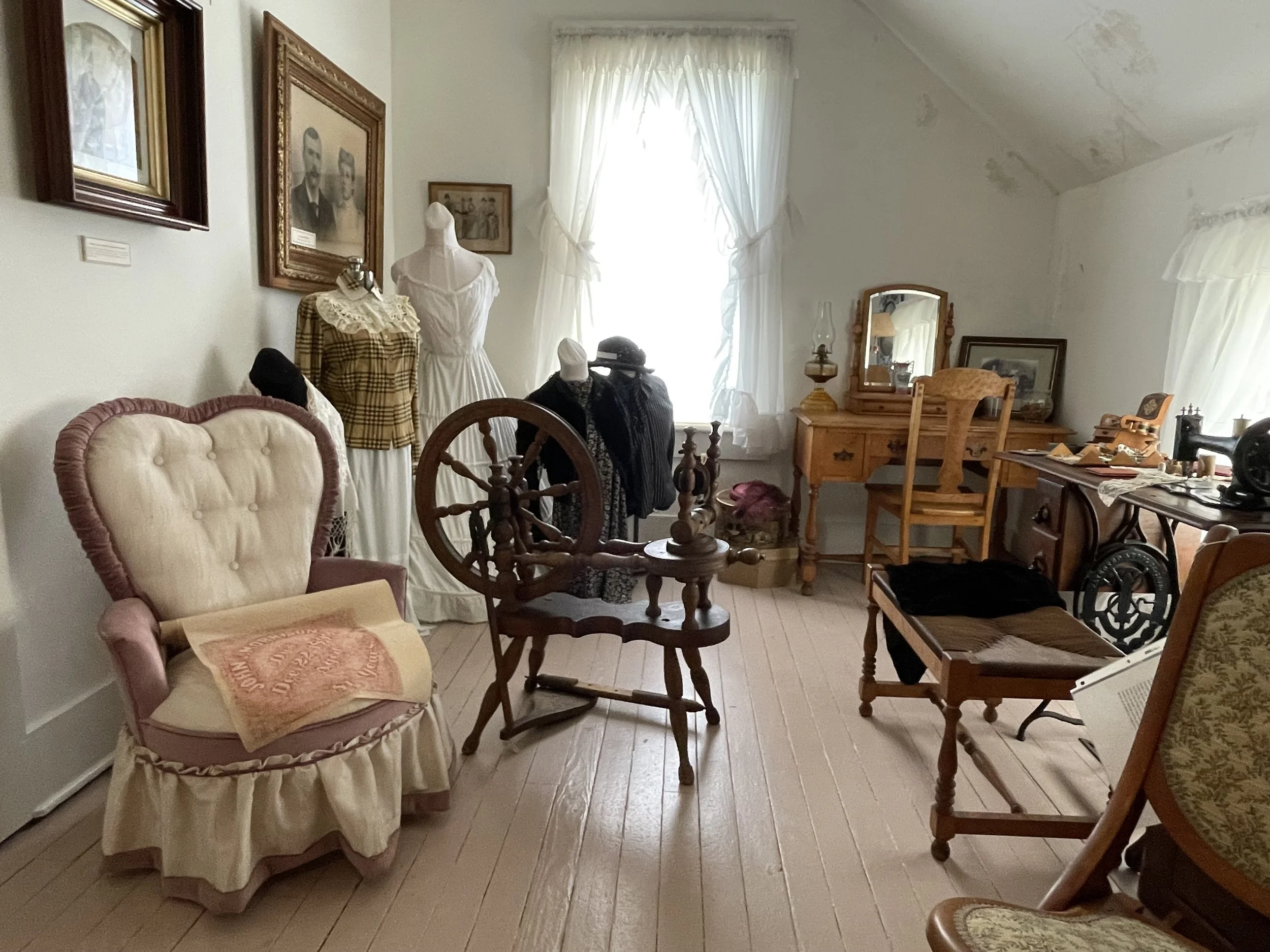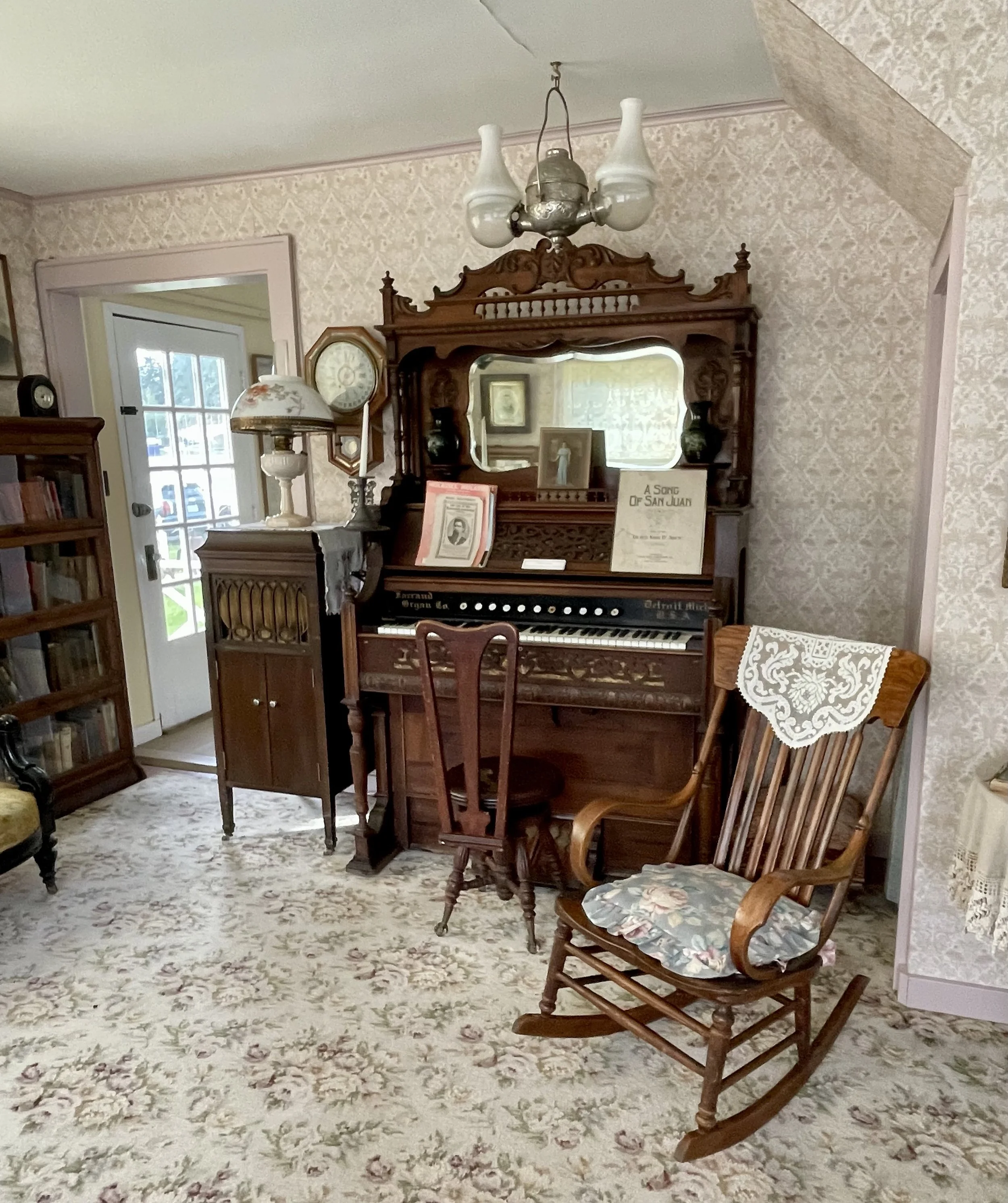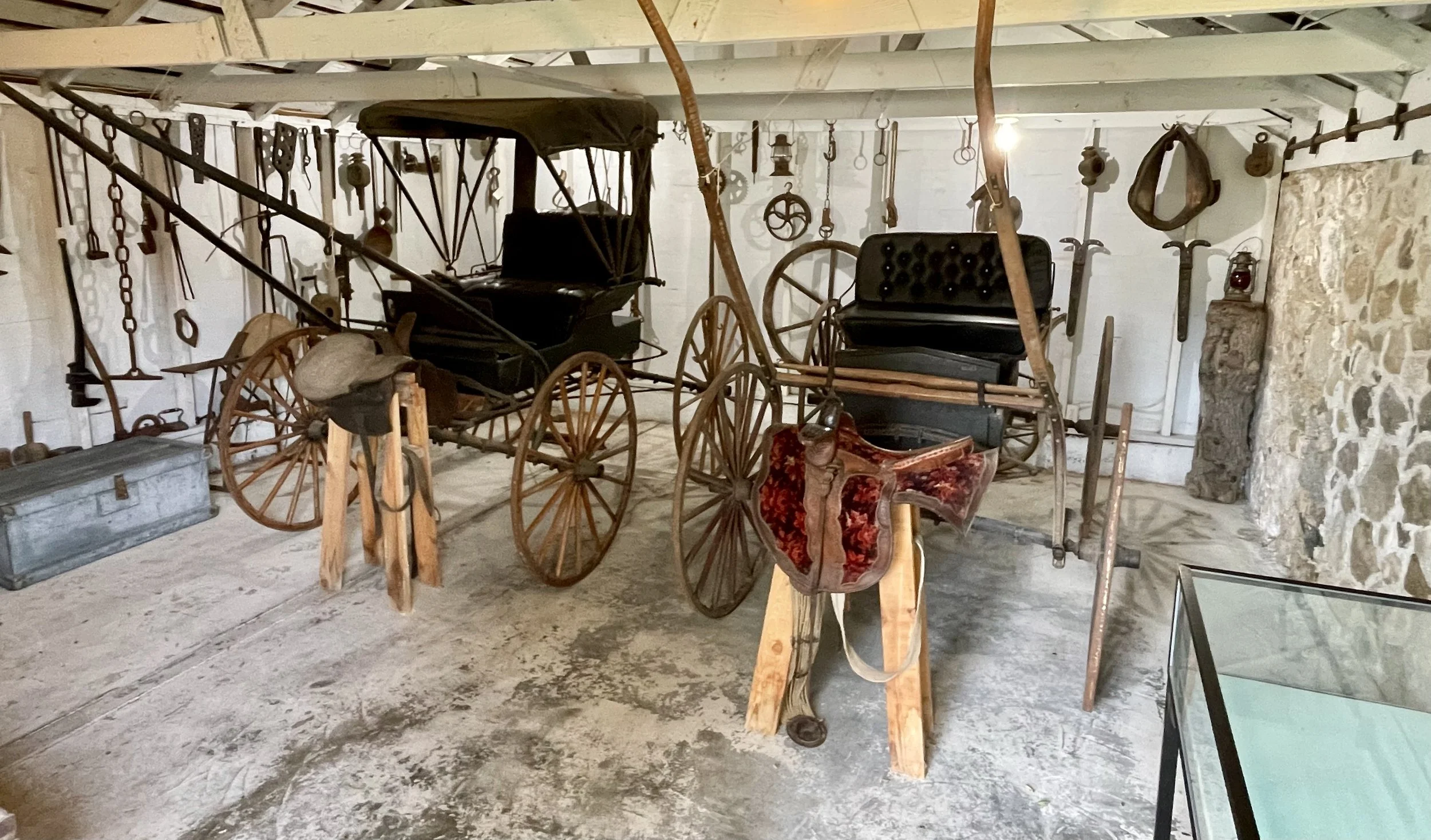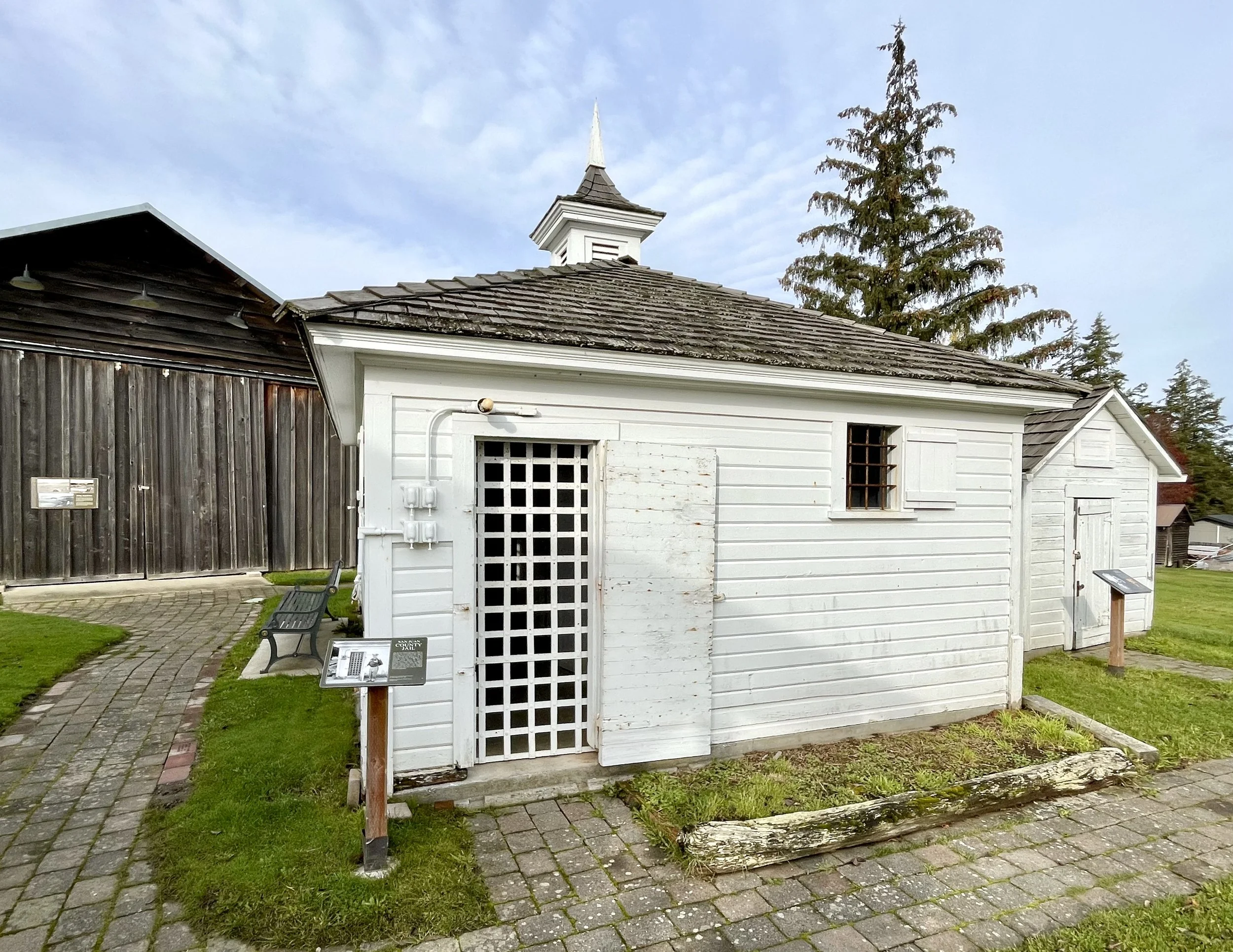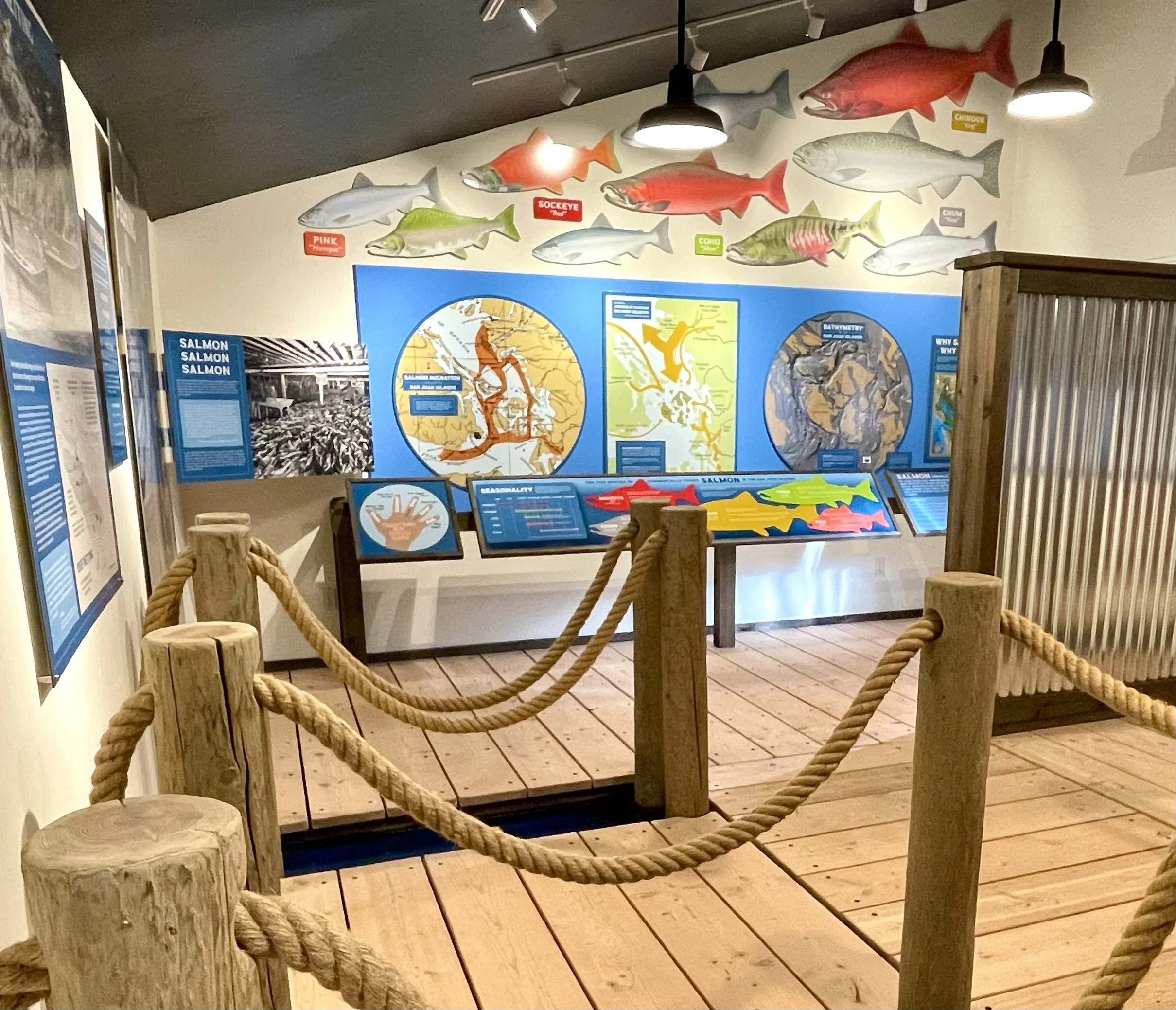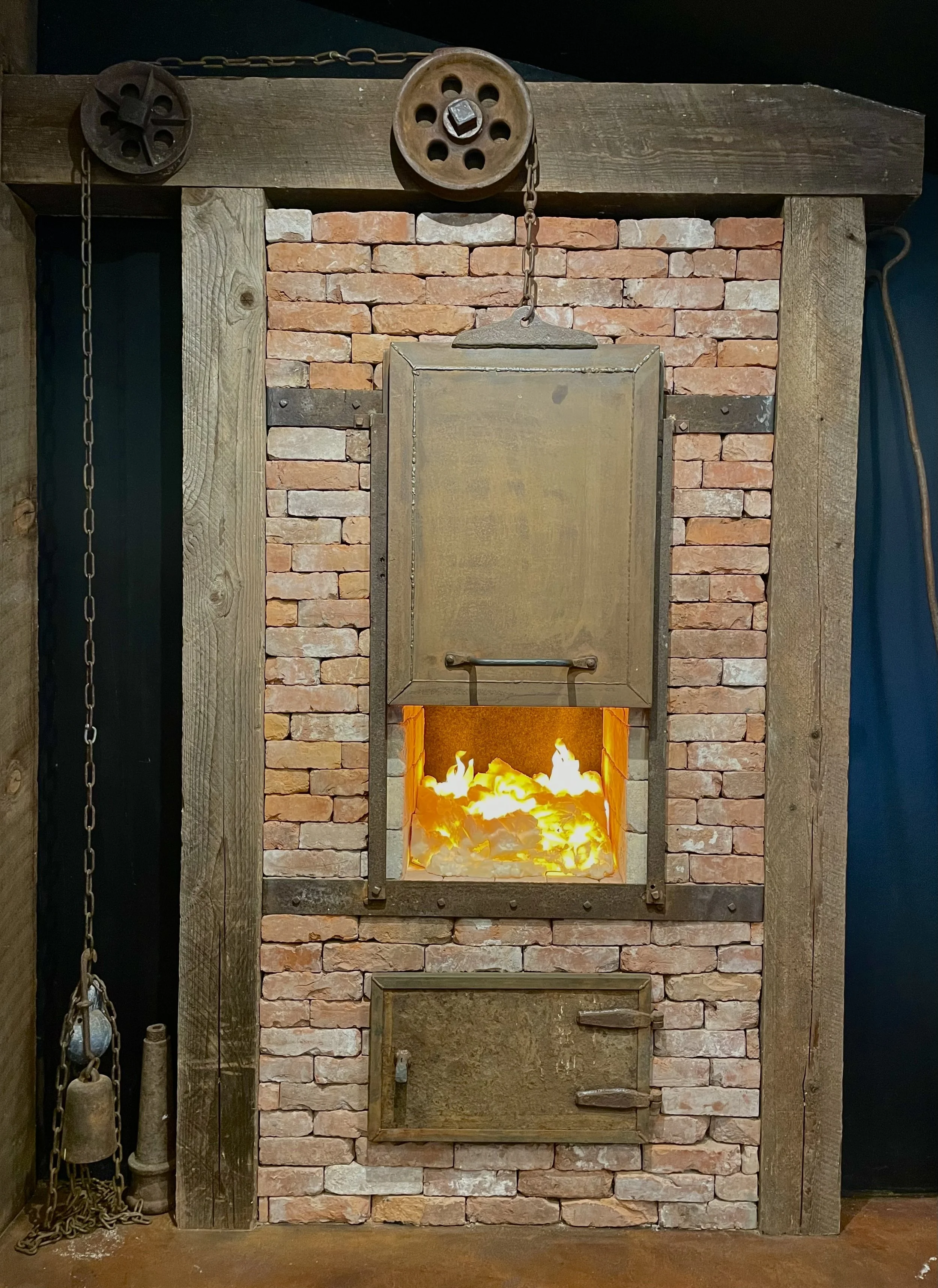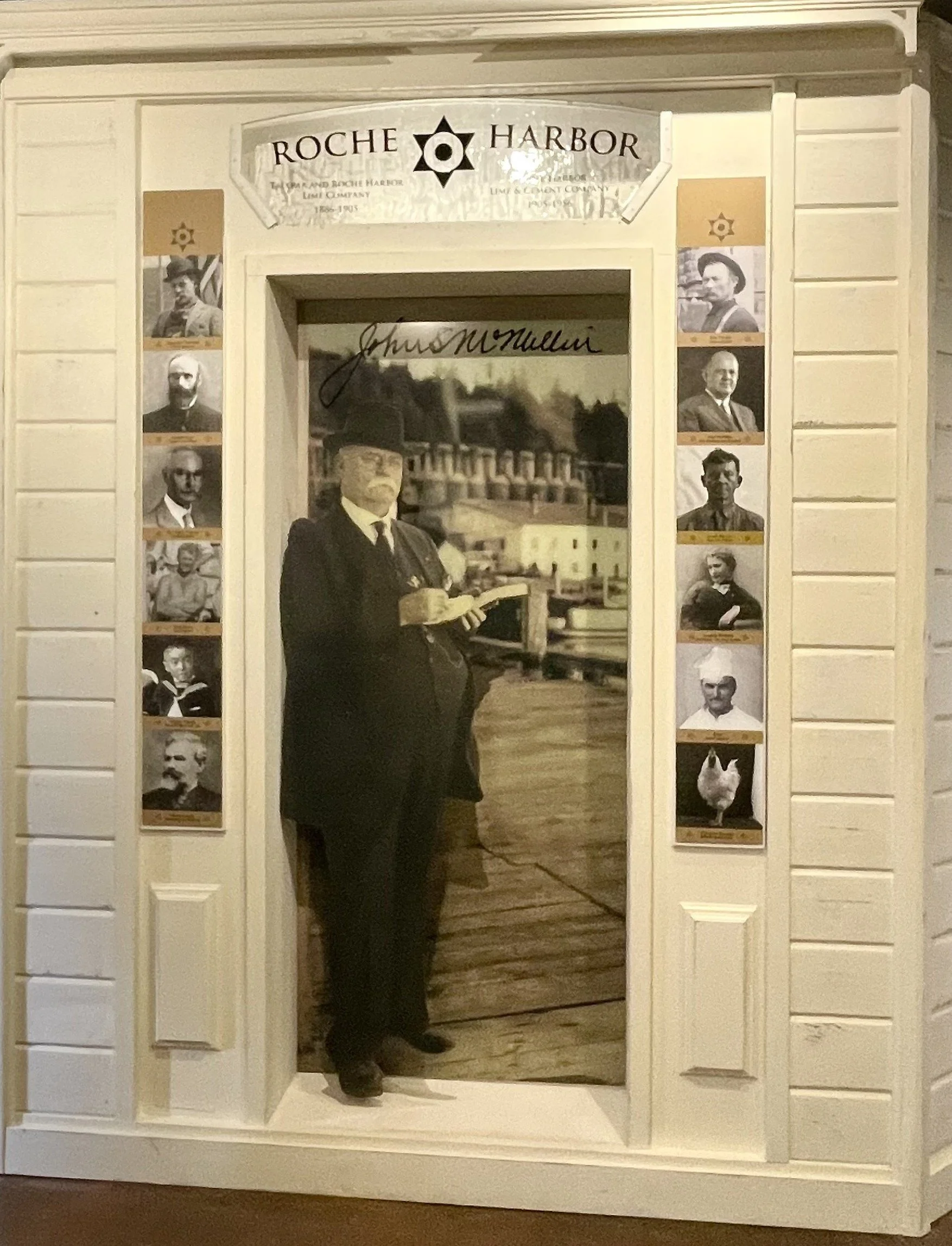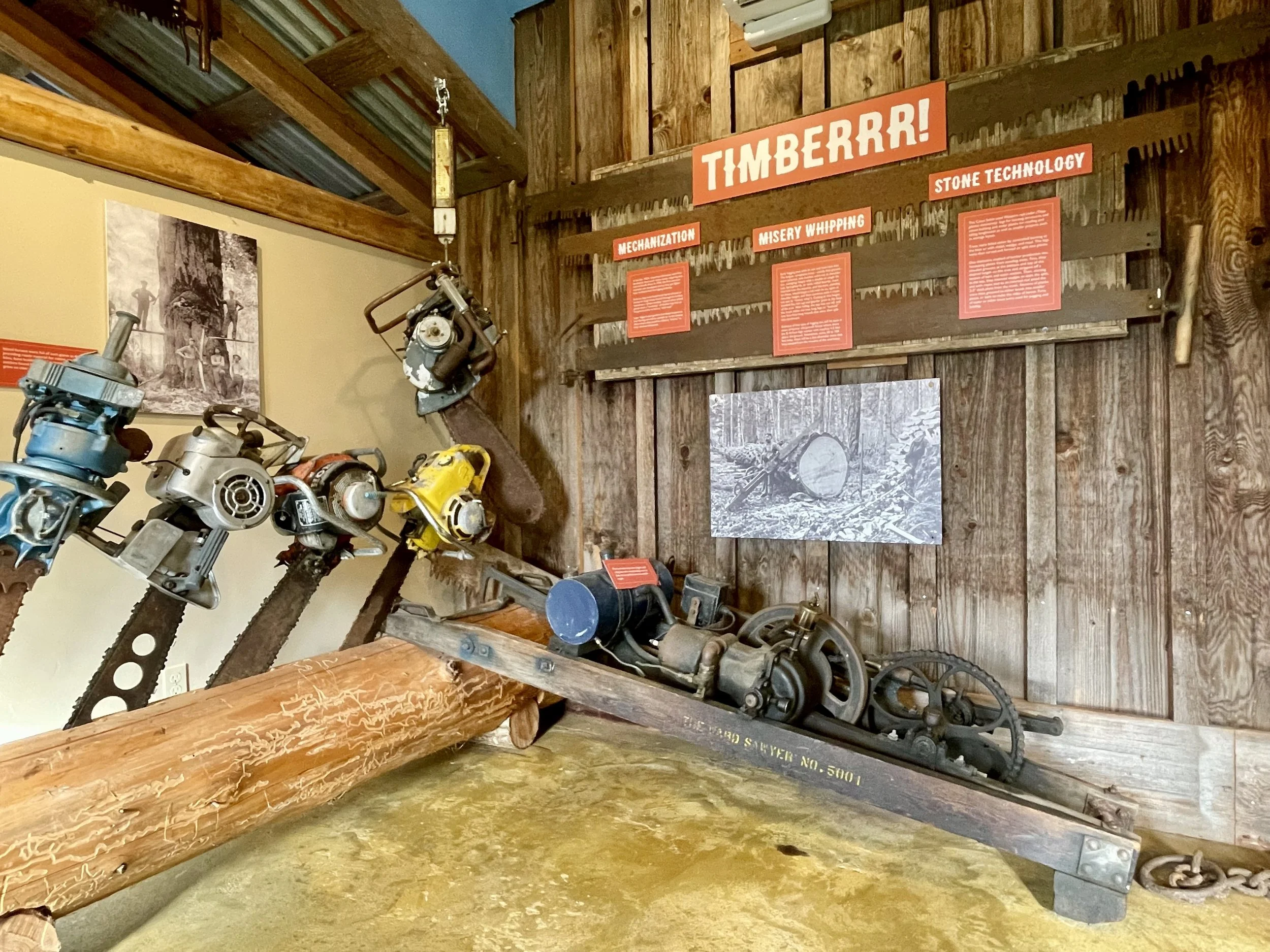Exhibits and Buildings
Explore exhibits and buildings on a self-guided tour. Begin at the Etta Egeland Resource Center where you’ll be introduced to the museum’s offerings.
We look forward to sharing the island’s history with you!
Tours of the grounds and buildings are self-guided
Self-guided tours can be arranged outside of stated days and hours by appointment
Guided group tours of grounds are also available
Contact us or call to arrange
James King Farmhouse
and Outbuildings
Built in 1894, the James King home was the heart of the 445 acre farm.
The interior showcases a vivid picture of islanders’ daily lives, including a fully stocked kitchen with award winning canned fruit entered into the 1909 Alaska-Yukon-Pacific Exposition.
Is there a ghost at the top of the stairs?
You’ll have to see for yourself…
San Juan County Jail
The jail was in use until 1971 and houses exhibits on island law enforcement, smuggling and the courthouse.
Sheriff Eric Ericson, 1968
Built in 1894, this jail has a colorful history!
In 1910, Friday Harbor voted to go “dry”. Liquor confiscated by the sheriff and stored in the jail was completely siphoned off when an enterprising individual drilled a hole through the jail wall and right into the kegs stored inside.
The Scribner Cabin
Edward Scribner built this cabin in 1891 on the South side of Mitchell Bay, constructed from planks hewn by hand from old growth trees. There were no nails used in the original construction.
Museum of History
and Industry
The Museum of History and Industry highlights farming, fishing, logging and lime processing, industries that dominated the early island economy.
A new exhibit honors Jim Crook, an extraordinary inventor and an island character.





